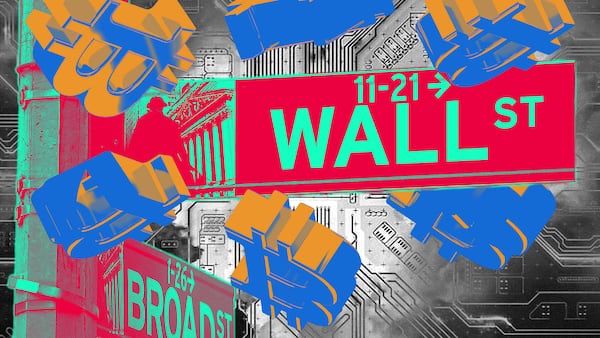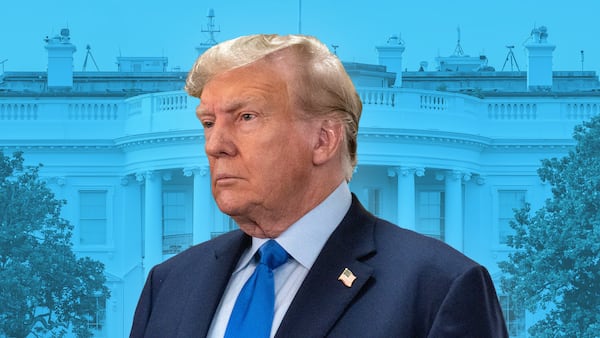- The Japanese yen is the most important macro variable, says Arthur Hayes.
- The BitMEX co-founder predicts the US will print more money in response to a strengthening yen.
- Many believe money printing will boost crypto prices.
Global capital markets opened the week in the red and crypto prices plunged the most since 2022.
Fears of a US recession, along with anxiety that Jerome Powell erred by not lowering the benchmark interest rate at the Federal Reserve’s last meeting, are contributing to market pessimism.
Arthur Hayes, the co-founder of BitMEX, noted another market trigger: The Bank of Japan’s recent decision to raise interest rates, and the effect it’s having on the nation’s currency.
“The yen is the most important macro variable,” Hayes told DL News last week, before the Monday selloff. It will determine the prices of tech stocks and US debt going forward, he said.
As Japan goes...
If US policymakers react to Japan’s rate hike the way Hayes predicts, it should be good for crypto. It’s not the first time Hayes has linked the Japanese economy and crypto prices.
In May, Hayes argued that Japan’s weak yen could ignite a crypto rally that sends Bitcoin to new heights.
The situation starts with Japan’s rising inflation, Hayes said.
Prices of goods and services in Japan are rising at the fastest pace since 1980.
To combat inflation, the Bank of Japan announced on Thursday a 0.25% interest rate raise.
But there’s a problem.
Raising rates also increases the amount of money the Japanese government must pay on its debt.
With Japanese public debt at an estimated $9.2 trillion, or more than triple its GDP, even a small rate raise results in billions more in interest on debt repayments.
To pay off the debt, the Japanese government needs to issue more debt.
To ensure demand for the new debt, Hayes said, the government will ask Japanese investors to repatriate capital.

This means selling foreign investments — like tech stocks and US debt — and trading US dollars for yen.
“If they can sell that stuff and repatriate it, and put it in the banking system, then the banking system can buy the debt that’s issued at prices that the government can afford,” Hayes said.
Unwinding the carry trade
Interest rates in Japan have historically been very low.
As a result, Japanese investors borrowed cheap yen, sold it for dollars, and invested in US stocks and bonds.
Now the BoJ is making it more expensive to borrow yen, so investors are being forced to unwind this trade. This is called the carry trade, and whale-sized investors like hedge funds are exiting in droves, upending markets.
“The weakness in the US equity market is a precursor to what will happen over the next five to 10 years as this policy is unwound,” Hayes said.
“US tech will suffer because the Japanese, and anyone who funded in yen, will have to cover that short go long yen and repatriate capital.”
More money printing
Japan’s new economic path will withdraw billions of dollars from US stocks and bonds, something the US government and Fed must respond to.
“They’re going to have to find a way to print the difference and fill the hole that the Japanese have left,” Hayes said, adding that the US needs to make sure that stocks keep going up and prices of debt keep rising so that they can fund the country.
There’s various ways the US can fill the hole. But they all ultimately involve quantitative easing — or having the Fed print more money.
It’s this money printing that Hayes is betting will be good for crypto prices.
Many attributed Bitcoin’s meteoric 2021 rise to the Fed’s quantitative easing policies in response to the Covid-19 pandemic.
Whether such money printing will happen again remains to be seen.
While Hayes remains confident the situation will resolve with crypto moving higher, other investors aren’t so sure.
Bitcoin fell below $50,000 for the first time since January amid the selloff.
Tim Craig is DL News’ Edinburgh-based DeFi Correspondent. Reach out with tips at tim@dlnews.com.






